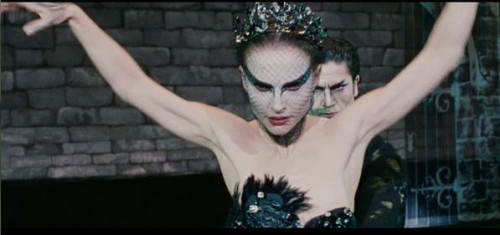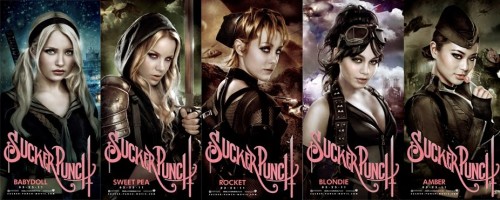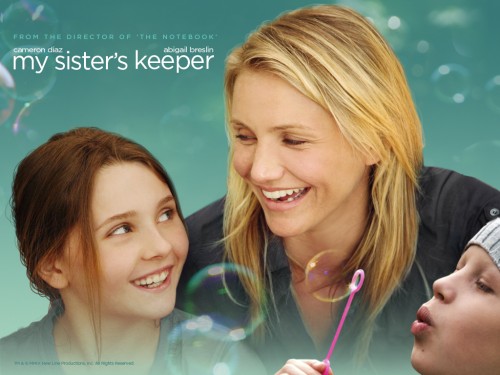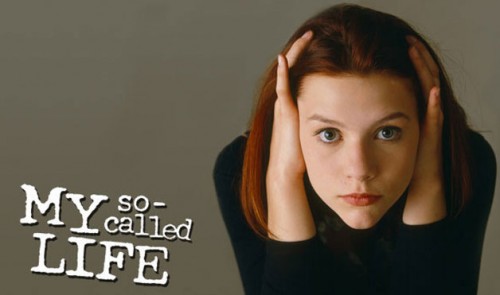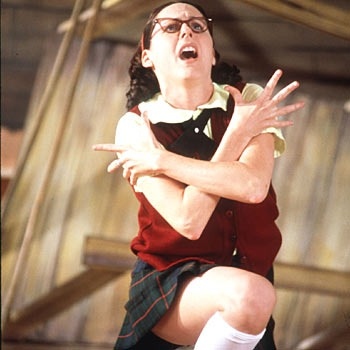The Horror of Female Sexual Awakening: ‘Black Swan’
What disappointed me most, I think, was that Black Swan could easily have been a progressive film with a positive, young woman-centered journey out of repression at its center. It could have recouped that gender-centric childhood ballerina dream of so many little girls into a message about determination, hard work, personal strength, and emotional growth. Instead, Darren Aronofsy has produced an Oscar-winning horror film. That’s right: I said HORROR. While that might seem like a stretch, it seems clear to me that the horror I refer to is the possibility of changing an age-old story. The horror of Black Swan is the absolutely terrifying idea that a young woman might make it through the difficult process of maturation, develop a healthy, multi-faceted sexuality, and be successful at her chosen career at the same time.
